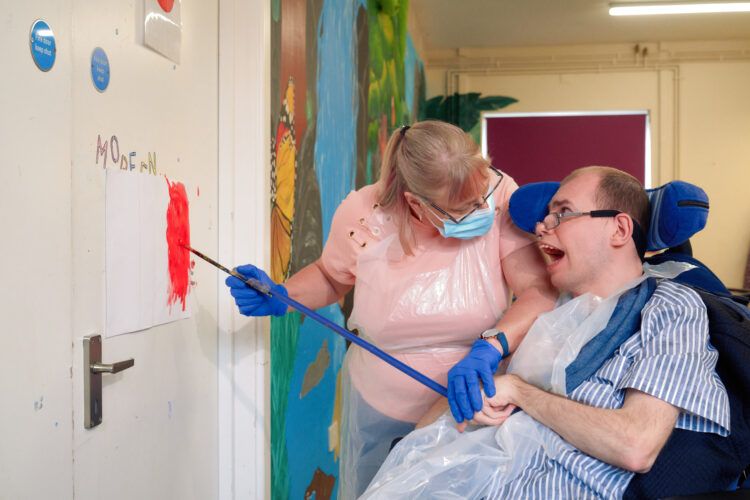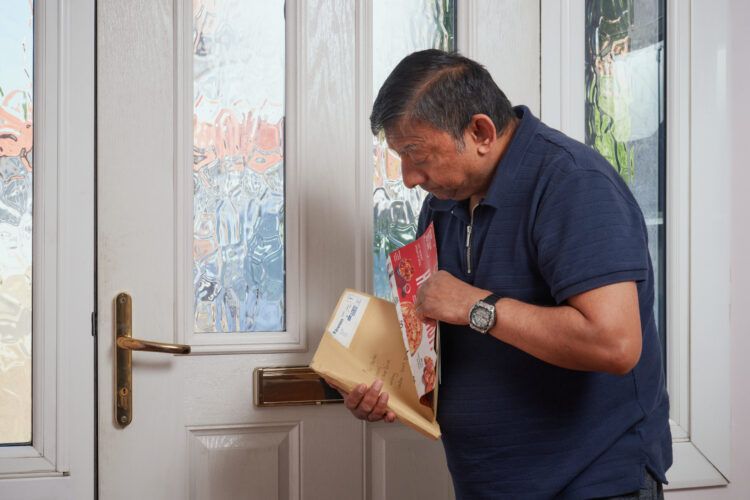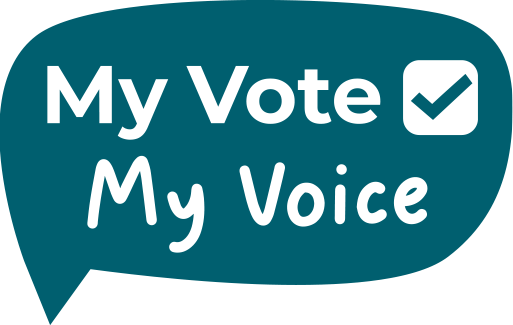Supporting someone to prepare to vote
You don’t need to have the answers to all their questions; you can find them together, and the My Vote My Voice website provides you with lots of valuable and accessible information and resources to help you on this journey.
Your step by step process to political engagement
Click on the following steps to find out more and keep this list as a handy reminder.
Step 1: Understand the basics
Politics can seem so complicated and it can be hard to understand where to start. But remember, you don’t need to know everything to support people to vote.
These easy read My Vote My Voice webpages guide you through how the government works, what your vote does and how to register and vote.
And don’t forget to check out our latest news and resources where we’ll regularly share useful information and guides.
We encourage you to use all this information and guidance with the people you care for or support

Step 2: Talk to the people you care for or support
The people you care for or support need to decide for themselves if they want to be involved in politics.
Go through the webpages we’ve linked to in step 1 together and discuss what the government does, what issues are important to them and what the options are if they are interested in voting.
By taking time to learn, ponder and talk things through it will feel less like an urgent decision and put the decision in their control.
Remember, they don’t have to commit to a decision; just because they’re registered to vote doesn’t mean they have to and they have right until they cast their vote to decide who to vote for.
If you are worried about influencing the way they think, take these steps to reduce that risk:
- keep your language neutral
- keep things factual
- use the information and resources we provide on this website
- use the political parties’ easy read information and manifestos
- use easy read resources from the Electoral Commission.
We will always try to direct you to reliable, neutral information. If you find a particularly useful resource or website, let us know and we can look at sharing it too.
Step 3: Help them register to vote
If the people you care for or support want to vote in the next election, they need to be registered before the voter registration deadline for that election.
Once registered, they will only need to do so again if they change their name or move home.
Visit this ‘How to register to vote‘ webpage for a step-by-step guide with screenshots on how to register using the online form.

Step 4: Get creative and enjoy learning together
There are lots of things you can do together to make politics fun and accessible. Try some of these activities:
- create colourful posters, mood boards and flashcards together
- hold debates and other events where everyone can ask questions (props are positively encouraged!)
- invite local politicians, politics students, or other local experts for a tea and a chat
We will also regularly share more resources and activities free for you to use so be sure to regularly check out our news and resources areas of the websites.
Planning something exciting? Tag #MyVoteMyVoice on social media so we can see and share your creativity!

Step 5: Support them to choose the right way to vote
There are three ways you can vote in an election, these are:
- in person
- by post
- by proxy.
Voting in person
This means they will need to go to a polling station day election day to complete their ballot paper.
Voting by post
This means they will receive a postal voting card in the post and must return it by the deadline.
This deadline is before election day and if it is missed the postal voting card will need to be taken to the local polling station on election day.
Voting by post requires an additional registration process.
Voting by proxy
This means they ask someone to vote in person or by post on their behalf.
This person must be registered to vote and must be registered to vote in this particular election they’re proxy for.
Voting by proxy requires an additional registration process.
More information
Visit these My Vote My Voice ‘How to vote’ webpages and use them to talk to the person you support or care for about ways to vote.

